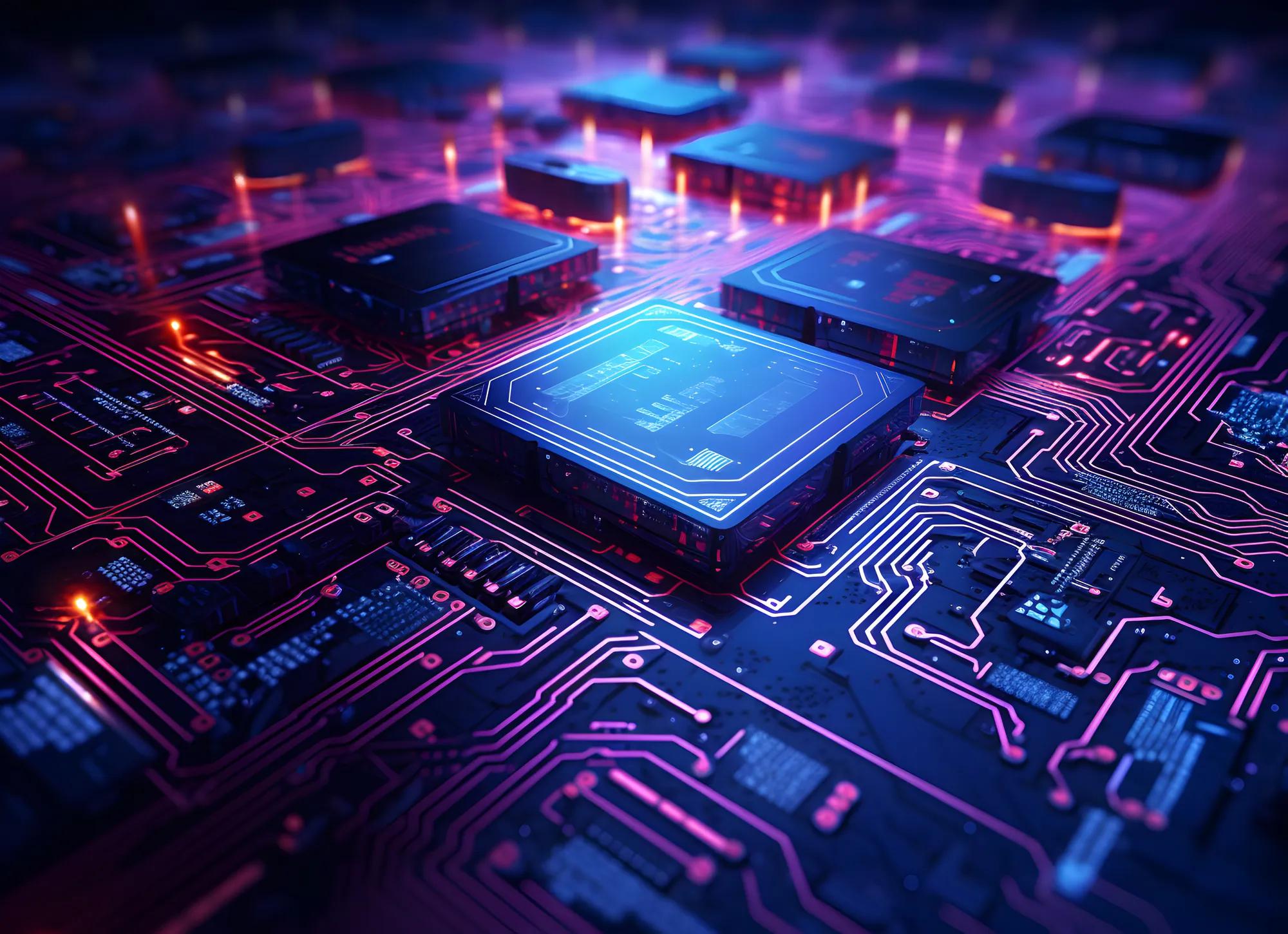Balancing AI and Human Expertise to Drive Security Efficiency

Powering Human Efficiency with Artificial Intelligence Statistics and Data Analytics
Overseeing the security of a commercial organisation is a demanding job. People have borne the weight of this responsibility for centuries, faced with managing a multitude of measures to protect people, property, and assets. With a growing need to balance the roles of people and tech, businesses are exploring ways for AI-powered technologies to help increase productivity, improve efficiency, and enhance the performance of their employees.
For security managers, AI can be viewed as a powerful tool that can leverage data collected by their security systems to drive operational value through time and cost savings. As the adoption of AI expands, so does the opportunity to make security management more efficient. For example, when applied to video surveillance, artificial intelligence data can be used to effectively filter out non-threatening activity and false alarms that lead to unnecessary alerts. Every second of a person’s time saved by this technology contributes to a more economical security program.
Turning to Threat Detection and Prevention with AI Insights
For both organisations and security operators, scrolling through hours of video footage to retrospectively review security threats is neither productive nor cost-effective. Thanks to generative AI (GenAI) technology, this traditional view of security monitoring is becoming less common, with organisations turning to intelligent video analytics and anomaly detection data to help cut through the noise and pinpoint genuine threats. These software platforms can be integrated with video systems and pre-programmed to detect anomalies such as fire, unauthorised people and vehicles, animals, unusual behaviour such as loitering, tailgating, and even health and safety risks.
GenAI is set to redefine video surveillance monitoring by enabling security operators to command systems conversationally and extract detailed information – powered by artificial intelligence insights – on demand or via automated alerts. For example, the system could notify an operator about an anomaly by describing it in detail in plain language. Similarly, the operator could then ask the system to answer follow-up questions to help with the investigation. With GenAI helping to proactively identify these types of scenarios, purposeful steps can be taken by humans to help prevent potential incidents from materialising in the first place.
“GenAI has the potential to change our interaction with the systems even further, enabling us to use systems much more efficiently.”
Doug Walsh
VP Global Technology Strategy, Securitas Technology
The Importance of Keeping the Human in the Loop
In pursuit of a safer society, the development of intelligent technology stands to have a positive impact on how security is managed within organisations and the public. As electronic systems become smarter, so will the people responsible for administering them, making smarter decisions based on more formidable data.
People will remain central to all stages of the security process – from developing new AI and machine learning (ML) innovations – to building and installing the hardware, programming software, reacting to alerts, and ultimately, providing the physical response needed should a security threat escalate. The human eye sees things differently. And although AI/ML algorithms can help us to identify threats more efficiently, it is people who will remain responsible for the final decision.
Seeing a Future Where Artificial Intelligence Predictions Drive Prevention
Ask yourself: What if AI could help predict security threats? While we may still be decades from achieving Artificial General Intelligence (AGI) or Artificial Superintelligence (ASI), this is the exciting possibility that lies ahead of the industry with the artificial intelligence landscape. How far this will go remains to be seen, but with hardware becoming better, smaller, and less expensive, and more systems migrating to the cloud, the direction the industry is taking is clear.
But with this opportunity comes the responsibility to adhere to new legislation being introduced to help regulate the ethical use of AI. In Europe, the EU AI Act categorises AI systems based on their potential hazards to humans and imposes varying degrees of regulation accordingly. Endorsed by the European Parliament in March 2024, the use of biometrics is an area subject to increased scrutiny with the introduction of this act.
We believe the future of security rests on finding human and technology equilibrium. While AI can bring advanced intelligence and innovation to your organisation’s security world, a human touch will always be needed to act upon critical threats and take decisive action when it counts. To unleash potential and drive progress, the security industry must embrace AI technology and comply with evolving legislation while always keeping humans in the loop.























